From zero to a hundred
08.12.2023 – Dölf Barben
A group of Swiss students have broken the world record for the fastest 0-100 km/h acceleration by an electric car. High-power suction is the key to their success.
What a strange sight. Zip away, then brake. Like breathing in and out just once. Barely three seconds elapsed before the electric car and its driver Kate Maggetti came to a halt again. The vehicle needed just 0.956 seconds and a distance of a little over ten metres to reach a speed of 100 km/h.
The Swiss-developed electric vehicle accelerates twice as quickly as a Formula One car.
On 12 September, students from ETH Zurich and Lucerne University of Applied Sciences and Arts set a new world record at the Switzerland Innovation Park in Dübendorf. Never before had an electric car accelerated faster from zero to a hundred. A team from the University of Stuttgart had notched the old record of 1.461 seconds one year previously.
The Swiss car, now entered in the Guinness Book of Records, is called “Mythen” – named after the two iconic Mythen mountains in the canton of Schwyz. It only weighs around 180 kg, including driver, and has in excess of 300 hp. All of the vehicle’s components – from printed circuit boards (PCBs), to four wheel hub motors and the chassis – were developed by the students themselves. “They spent every moment of their free time working on this project,” says Matthias Rohrer of the Academic Motorsports Association of Zurich (AMZ).
Founded in 2006, AMZ gives students the opportunity to build a racing car from scratch with which to compete in events every year. The work involved in developing these cars is very intense but extremely enjoyable, says Rohrer. These “highly complex, technical projects” allow students to put theory into practice.
The world record attempt was also about transferring power as well as knowledge. Power from the wheel hub motors to the ground, to be precise. This was the main challenge. Do nothing and the wheels would just spin, generating a lot of smoke and not much speed.
The key to breaking the record was to be as light as possible and have as much traction as possible. The students developed a completely new system to increase traction, says Rohrer. They installed a suction device under the car, positioned very closely to the ground. “You can compare the system to a vacuum cleaner sucking a carpet.”
The device only uses a fraction of the engine power but produces around 180 kg of downforce in addition to the weight of the vehicle and driver. This more or less doubles the friction of the tyres.
Crucially, the device ensures strong traction right from the start – which is essential if you want the fastest possible 0-100 km/h acceleration. The rear and front wings that are fitted on a Formula One car would not work, because they only create downforce when the car has reached a certain speed.
The students installed traction control to get even more performance out of their car. This prevents wheel spin by adjusting power delivery instantly. Says Rohrer: “This allowed us to go right up to the limit.” The tyres are also warmed up before the start, so that they grip even better.
Thanks to this clever engineering, the students managed to beat the previous acceleration record by a considerable margin. “Hopefully, we won’t have to relinquish the record any time soon,” says Rohrer.
Transferring power from the wheel hub motors to the ground is key. Otherwise, you would just get wheel spin, a lot of smoke and not much speed.
Going from zero to a hundred in 0.956 seconds is impressive. Formula One cars, electric racing cars, and powerful sports cars need well over two seconds. But there is a vehicle that accelerates even quicker: the dragster. With its 10,000 hp engine and huge back wheels, it will hit 100 km/h in 0.6 seconds.
To get an idea of how extreme that is, imagine “Mythen” did not have to brake but could simply carry on accelerating – let’s say for as long as it takes to read this article. After 150 seconds, driver Kate Maggetti would already be moving at a speed of almost 16,000 km/h and – if she started in Geneva – would have just left Switzerland at its north-eastern corner near St Margrethen by Lake Constance.
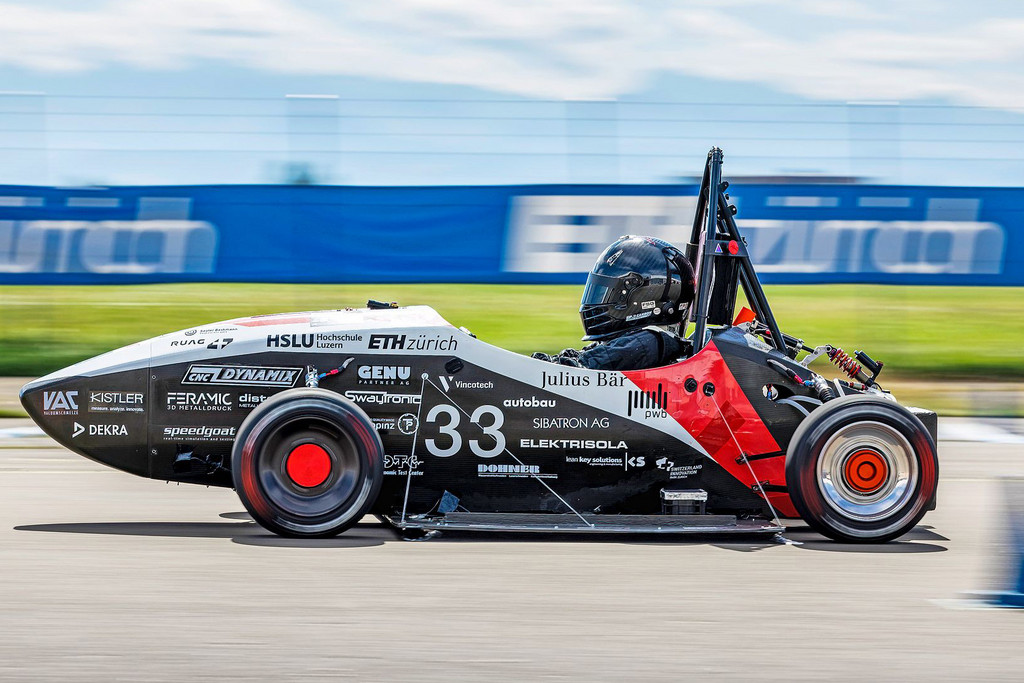

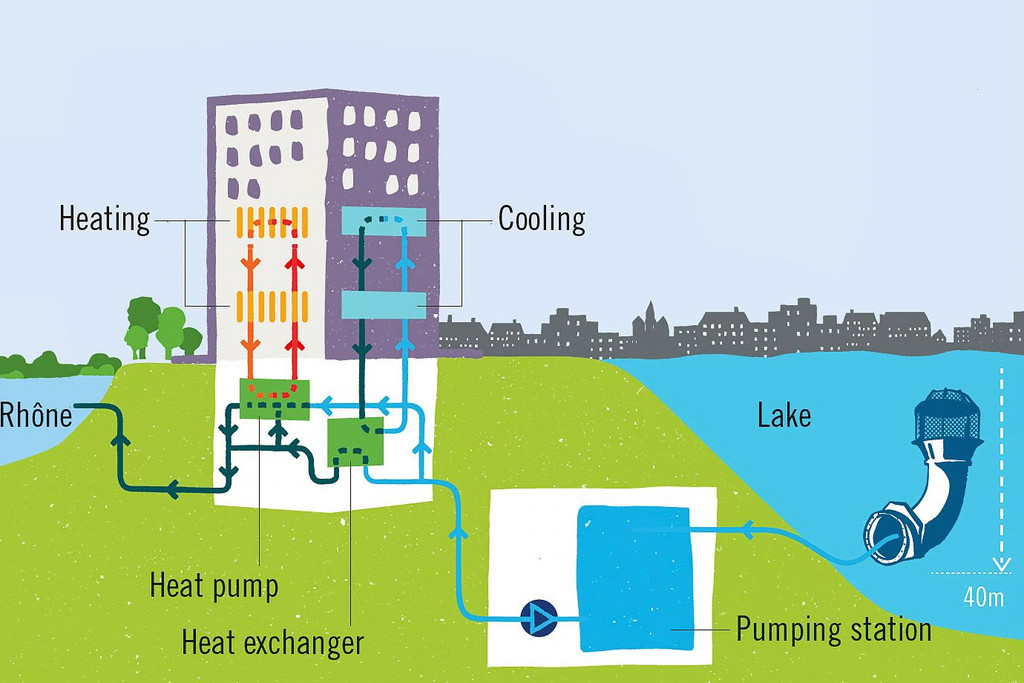



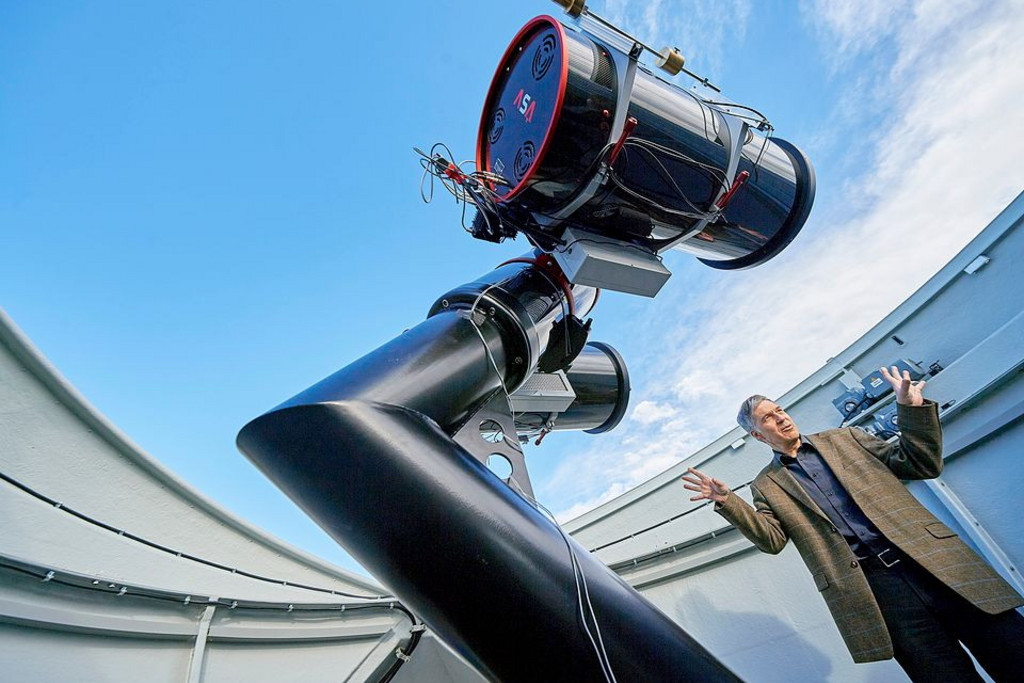
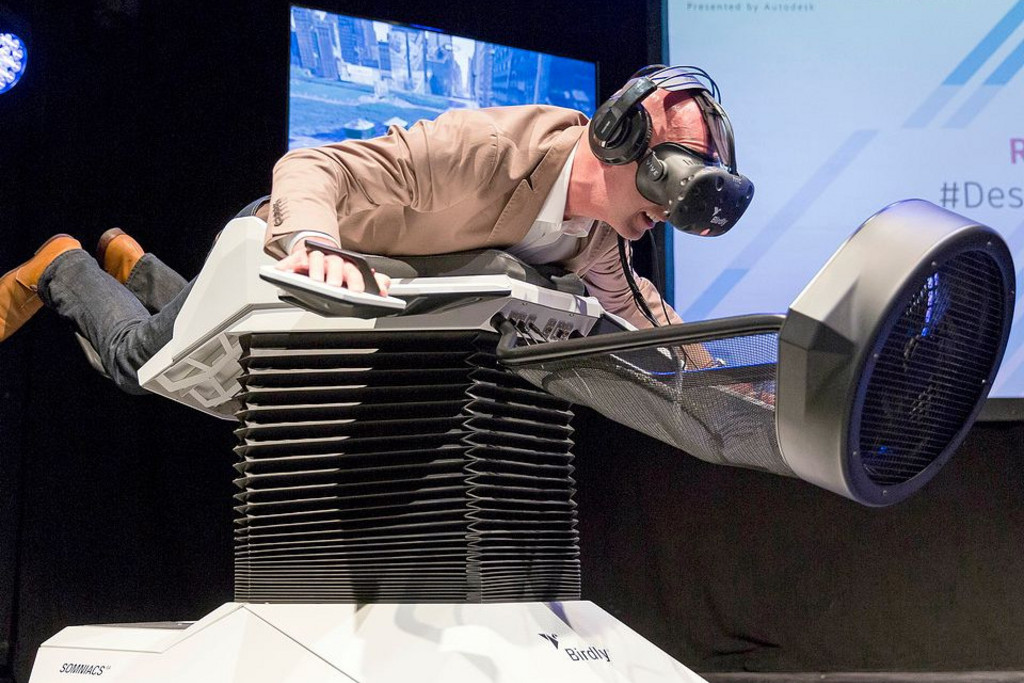



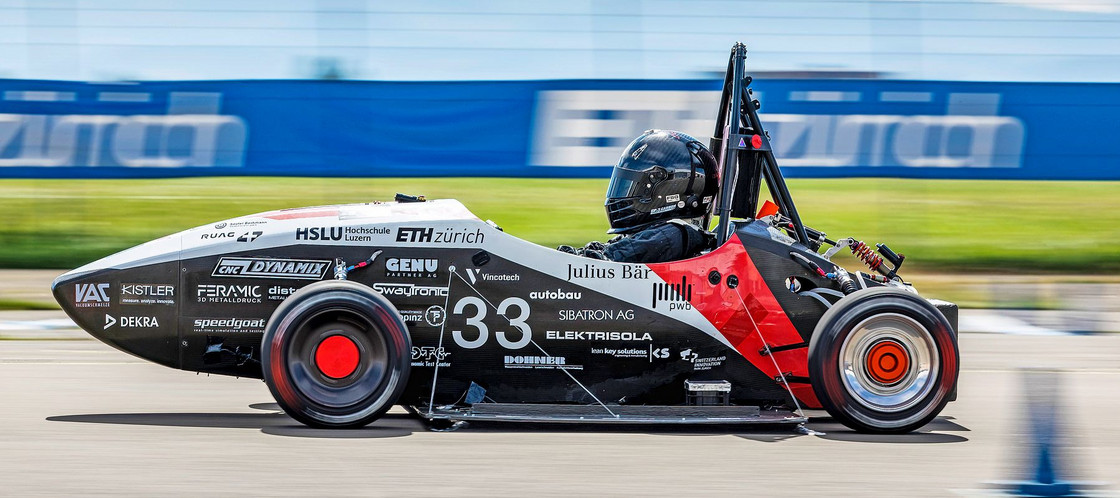
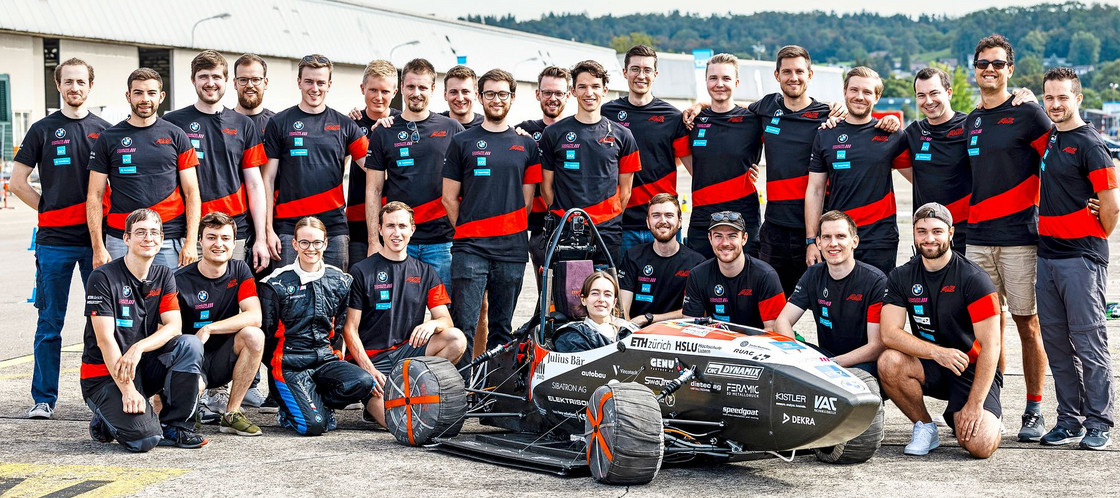
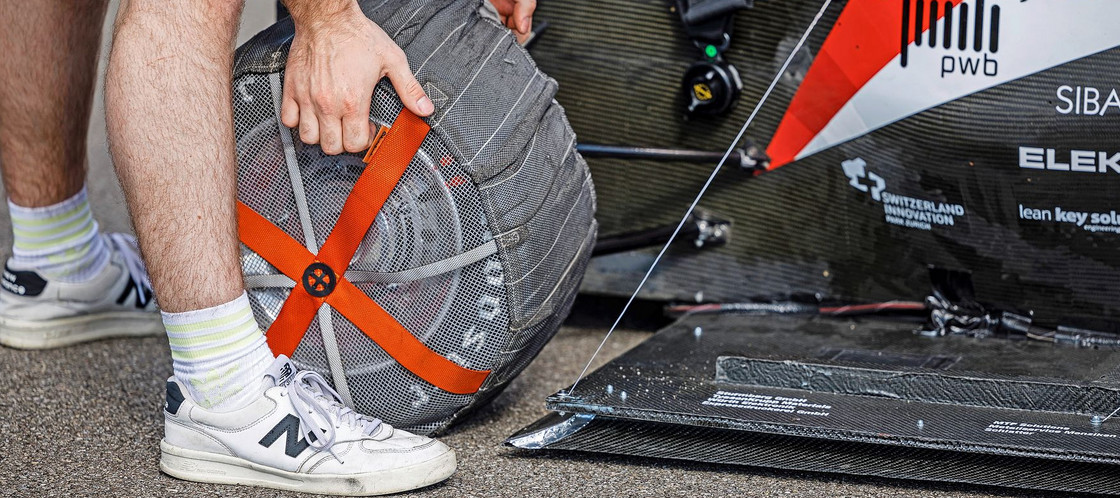
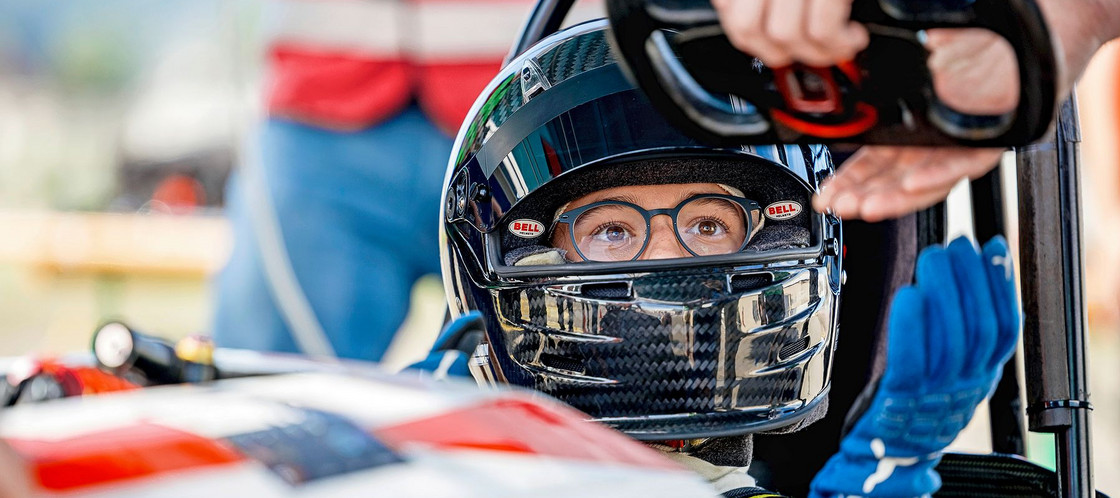
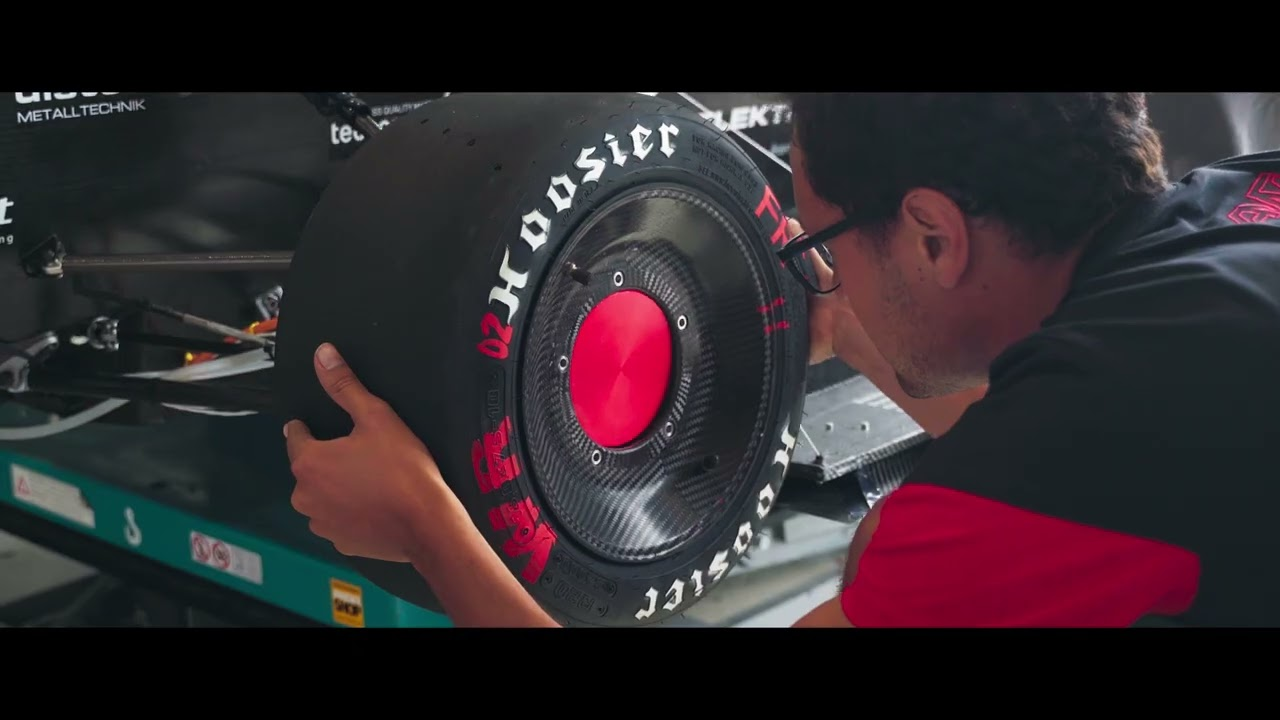
Comments
Comments :